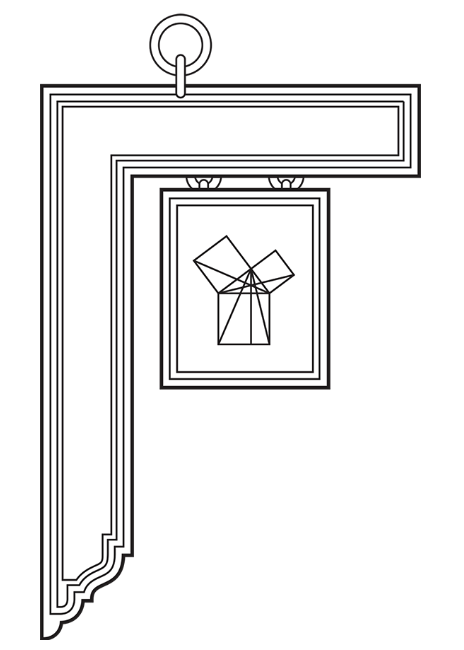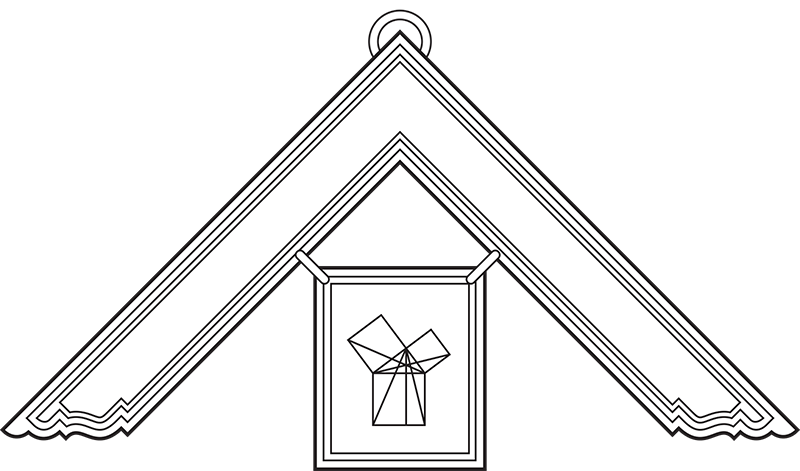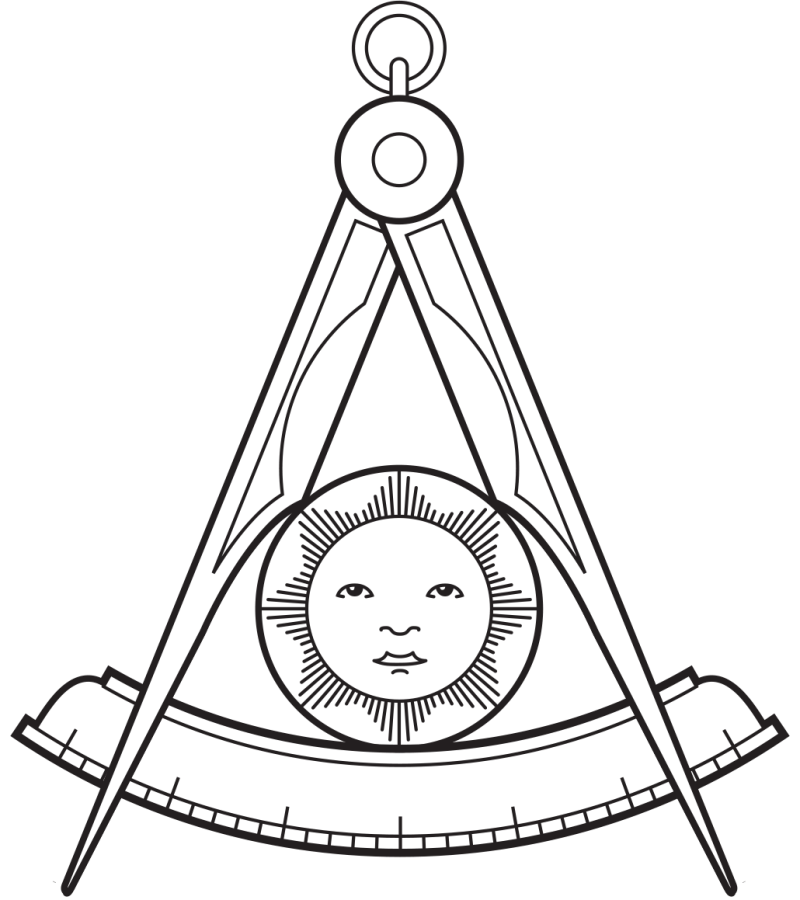
Since the early 19th century, Masons have recognized the masters of their lodge by presenting them with a special jewel, originally made of silver and often engraved with their name, lodge, and the dates of their term as lodge master. Over time, the design of these jewels has evolved to include different metals, stones, and shapes. Worn either on the breast of a jacket or suspended from the collar, the past master’s jewel is an important and distinctive piece of Masonic regalia—a symbol of both local tradition and a lodge’s unique culture.
Drawing on the Henry Wilson Coil Library and Museum’s collection of Masonic jewels, the new exhibition Badges of Brotherhood explores the history and variety of past master’s jewels. The exhibit includes examples of such jewels from California, as well as from other Grand Lodges in the United States, England, and Asia.




The design of past master jewels varies according to the Grand Lodge to which a local lodge belongs. In the United States, the jewel is typically derived from the early Scottish style, which features an open compass with an inverted square in the center (the symbol of the past master of a lodge). Here, though, the square at the center of the jewel is replaced with a sun in splendor. Both versions feature a curved bar connecting the points at the base of the compass, called a quadrant, marked in degrees for measuring angles. The English form of the jewel is a square with a pendant diagram of Euclid’s 47th mathematical proposition, sometimes called the Pythagorean theorem, suspended below in balance. Earlier versions of the English style, called the “Gallows” style, placed the square at a right angle with Euclid’s proposition hanging from the shorter arm of the square.
The past master’s symbol commonly consists of the compass, sun, quadrant, and—in some jurisdictions—a square. But what do these elements actually symbolize?
Within Freemasonry, the compass is a commonly used motif, meant to symbolically circumscribe one’s desires and keep their passions in check. It is by the compass that a Mason is reminded to keep his actions within due bounds.
The square is an emblem of virtue. By “acting on the square,” a Mason conducts himself honestly, with morality and integrity. The square is represented on the jewel worn by the current lodge master and is a part of the past master’s symbol as a reminder of the office he held.
The quadrant is the arc that the compass rests upon. While the compass is used to keep one’s actions within due bounds, it is the quadrant that measures those bounds. It is the responsibility of the master of the lodge to ensure that Masons under his jurisdiction are making proper use of their own compass. The quadrant also shows the compass to be opened to 60 degrees, or the angle of an equilateral triangle, which is a symbol of balance.
Finally, the sun represents light, or knowledge. Within the lodge, the master is a source of Masonic light. On the past master’s jewel, the sun’s inclusion also signifies that the wearer has ascended through each of the officer’s positions in the lodge hierarchy, which are represented in the cardinal positions of their stations: as junior warden (whose seat is at the lodge room’s southern point, representing the sun’s meridian height), as senior warden (seated in the west, where the sun sets), and as master (seated in the east, from which the sun rises).